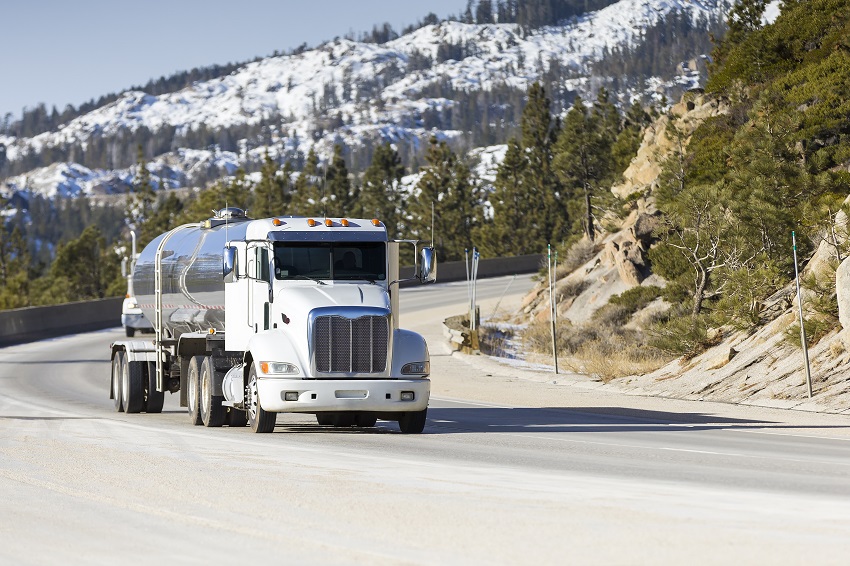Millions of Americans, as well as the entire U.S. economy, rely on the nation’s transportation infrastructure daily. Unfortunately, it’s a network that needs some serious attention.
Many of America’s roads, rails, and bridges were built during a time when cars and trucks weighed less, and there were a lot fewer of them. The deterioration of the country’s infrastructure raises a host of issues — from safety concerns for those that use them, to creating challenges for all the companies that require an efficient and reliable logistics network to run their business and serve their customers.
The need for a reliable infrastructure to connect supply chains to move goods throughout the country is imperative to U.S. economic growth. So, how did we get here?
A Failing System
The American Society of Civil Engineers’ 2017 report found that the nation’s infrastructure rates at a “D”, meaning conditions are below standard. According to a CBS News report in 2014, about 70,000 bridges in America (or one in nine) is not structurally sound. Ray LaHood, former secretary of transportation under President Obama, stated in the CBS piece: “You could go to any major city in America and see roads, and bridges, and infrastructure that need to be fixed today. Our infrastructure is on life support right now. That’s what we’re on.” He said that public spending on infrastructure had fallen to its lowest level since 1947.
The Costs of Inaction
Poor infrastructure results in large costs for the U.S. economy, and the longer the infrastructure goes without maintenance or replacement, the higher the cost. Analysts assess that investing in new infrastructure and current maintenance would impact the economy in a number of ways. It would boost efficiency and reliability as well as add jobs. Business Roundtable estimates that every $1 in infrastructure investment translates to $3.70 in economic growth. Overall, GDP would rise by $59 trillion over a 20-year period.
This undertaking comes at a cost, of course, and a high one. Upgrading infrastructure throughout the U.S. will cost billions of dollars. Most of the funding for infrastructure currently comes from grants paid out from the Highway Trust Fund (HTF), which raises money through the gas tax and other transportation-related taxes. In order to raise revenue for future enhancements and upgrades, the gas tax or user fees (such as tolls) will have to be raised.
A Hopeful Outlook
That’s not to say that it will not happen. Within the last month, there has been much talk among leaders in Washington, D.C., as to how to update the country’s infrastructure. Most lawmakers realize that something needs to be done quickly. This new focus on infrastructure allows for as much as $2 trillion allocated toward upgrades in the nation’s transportation network.
Since advanced road design, construction, and maintenance techniques are being developed at a rapid rate, few are disputing that this is the time to act. Innovations such as 3D engineered models for efficient planning and construction, the best maintenance methods, and new materials are all approaches that will help roads last longer – and make sure the country’s transportation infrastructure remains an asset that benefits everyone.


